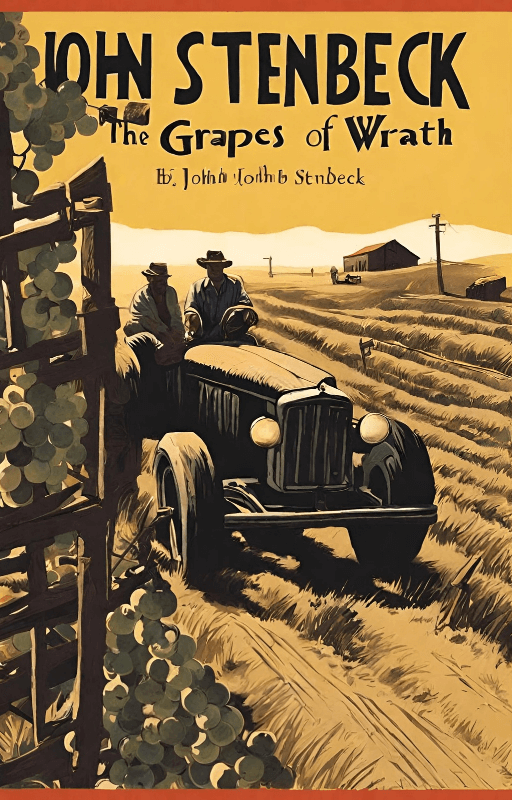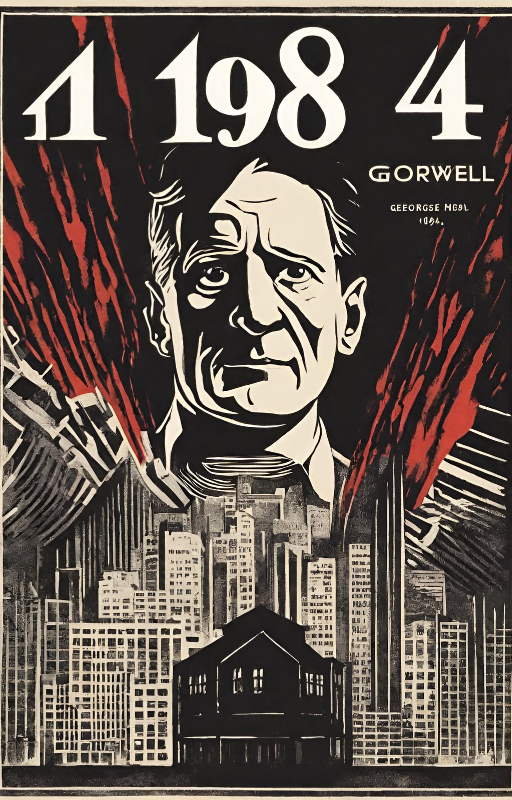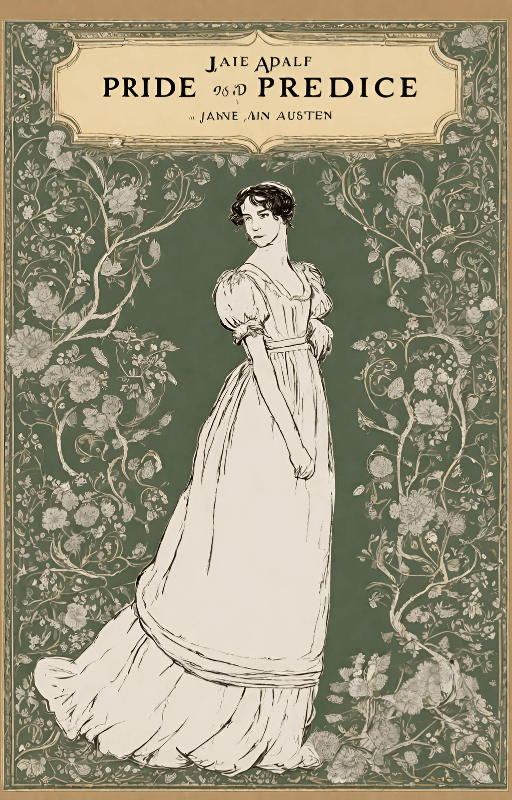Introduction
John Steinbeck’s “The Grapes of Wrath” stands as a timeless testament to the endurance of the human spirit amidst adversity. In this article, we delve into the depths of Steinbeck’s masterpiece, exploring its themes, characters, and lasting impact.
Author Background – John Steinbeck’s life and influences
John Steinbeck, born in 1902 in Salinas, California, drew heavily from his own experiences and observations of rural life in his writing. Raised in the fertile valleys of California, Steinbeck witnessed firsthand the struggles of migrant workers during the Great Depression, which profoundly influenced his literary works.
Plot Summary
Set against the backdrop of the Dust Bowl and the Great Depression, “The Grapes of Wrath” follows the Joad family’s arduous journey from their drought-ravaged farm in Oklahoma to the promised land of California. Led by Tom Joad, just released from prison, the family faces numerous challenges as they seek a better life out West. Along the way, they encounter prejudice, exploitation, and the harsh realities of poverty.
Character Analysis
Tom Joad emerges as the central figure, embodying the resilience and determination of the dispossessed. His evolution from a disillusioned ex-convict to a champion of social justice mirrors the larger themes of the novel. Ma Joad, the matriarch of the family, serves as a pillar of strength, holding the family together in the face of adversity. Jim Casy, a former preacher, becomes a voice of conscience and solidarity among the migrants.
Themes and Symbols
“The Grapes of Wrath” explores themes of poverty, injustice, and the resilience of the human spirit. Through vivid imagery and symbolism, Steinbeck paints a stark picture of the plight of migrant workers and the exploitation they face at the hands of wealthy landowners. The grapes themselves symbolize both the promise of abundance and the bitter reality of exploitation.
Social and Historical Context
Against the backdrop of the Great Depression, Steinbeck highlights the economic and social forces that shape the lives of his characters. The Dust Bowl, caused by years of drought and unsustainable farming practices, forced thousands of families to abandon their land and seek a new beginning elsewhere. The novel also sheds light on the struggles of labor movements and the fight for migrant workers’ rights.
Literary Style and Techniques
Steinbeck’s prose is characterized by its simplicity and directness, yet it brims with profound insights into the human condition. His use of vivid imagery and naturalistic dialogue brings the characters and settings to life, immersing readers in the harsh realities of Depression-era America. Through his narrative structure and symbolism, Steinbeck crafts a powerful indictment of social injustice and economic inequality.
Critical Reception
Upon its publication in 1939, “The Grapes of Wrath” sparked controversy for its unflinching portrayal of poverty and exploitation. Yet, it also garnered widespread acclaim and won the Pulitzer Prize for Fiction. Over the years, the novel has been studied and analyzed by scholars for its complex themes and enduring relevance to contemporary issues.
Adaptations and Legacy
“The Grapes of Wrath” has been adapted into multiple films, including John Ford’s iconic 1940 adaptation starring Henry Fonda. Its themes of resilience and solidarity continue to resonate with audiences around the world, inspiring countless readers and artists. Steinbeck’s masterpiece remains a timeless testament to the enduring power of the human spirit in the face of adversity.
Conclusion
In “The Grapes of Wrath,” John Steinbeck invites readers on a journey through hardship and hope, illuminating the struggles of the dispossessed and the resilience of the human spirit. Through vivid imagery and compelling characters, Steinbeck crafts a powerful narrative that continues to resonate with readers today, reminding us of the enduring importance of empathy and solidarity in times of crisis.
FAQs
- Is “The Grapes of Wrath” based on a true story?
While the Joad family and their journey are fictional, the novel is inspired by the experiences of real-life migrant workers during the Great Depression. - Why is “The Grapes of Wrath” considered a classic?
The novel’s timeless themes, vivid characters, and powerful social commentary have cemented its status as a literary classic. - What is the significance of the title “The Grapes of Wrath”?
The title is derived from a line in the biblical Book of Revelation, symbolizing divine wrath and judgment. In the context of the novel, it represents the anger and indignation of the oppressed against their oppressors. - How does “The Grapes of Wrath” reflect the social and economic conditions of the Great Depression?
Steinbeck’s novel provides a stark portrayal of the poverty, inequality, and exploitation faced by ordinary Americans during the Great Depression, shedding light on the human cost of economic hardship. - What lessons can we learn from “The Grapes of Wrath” today?
“The Grapes of Wrath” reminds us of the importance of compassion, solidarity, and social justice in addressing the challenges of poverty and inequality, offering timeless insights into the human condition.






